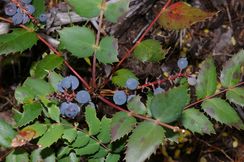
Today, Traditional Herbalists use it to treat eye infections, vaginal infections, skin wounds, mouth infections, inflammatory bowel disease, infectious diarrhea, parasites, infections in the upper digestive tract, pylori, urinary tract infections, sore throats and other illnesses. After seeing the ways, it is used to fight infections some refer to it as a “herbal antibiotic”. However, this is misleading because there are several antimicrobials herbs that have the same effect on pathogens. However, each herb works in different ways, for different infections, and it's best to match the herb to the individual, not the disease.
"Today [Oregon grape root] is one of the indispensable articles of herbal materia medica. It was first used as a bitter tonic to promote internal and external secretion in dry and atrophic diseases. Today it is sometimes used (or abused, really) as a “natural antibiotic” because the presence of germ-killing-berberine. This is a materialistic way of viewing a plant by its “active ingredient” rather than by the overall influence of its numerous constituents working together".
- Matthew Wood, Earthwise Herbal: New World Medicinal Plants
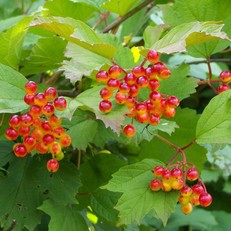
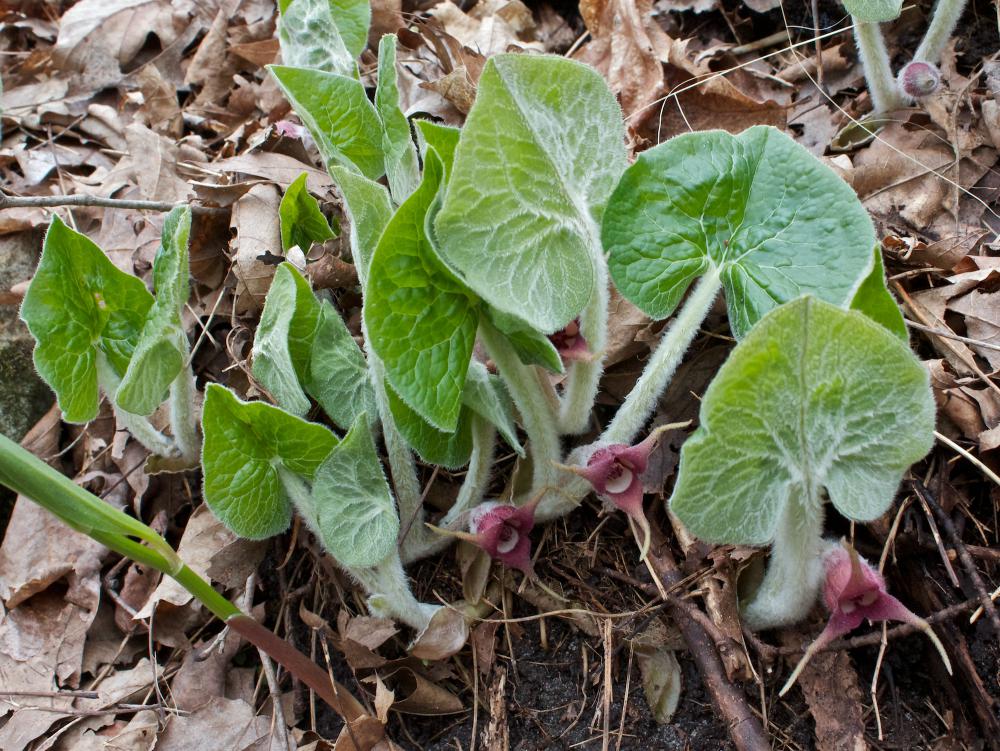
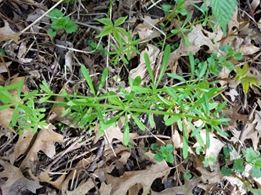
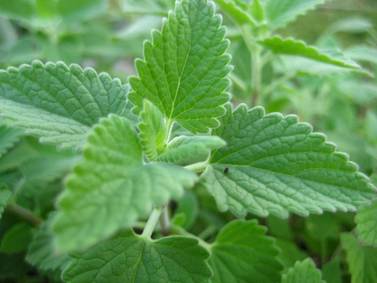
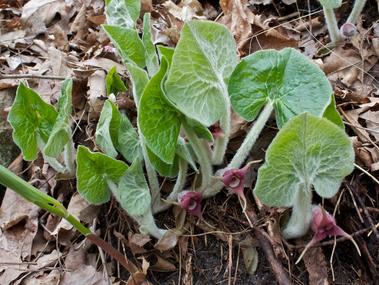
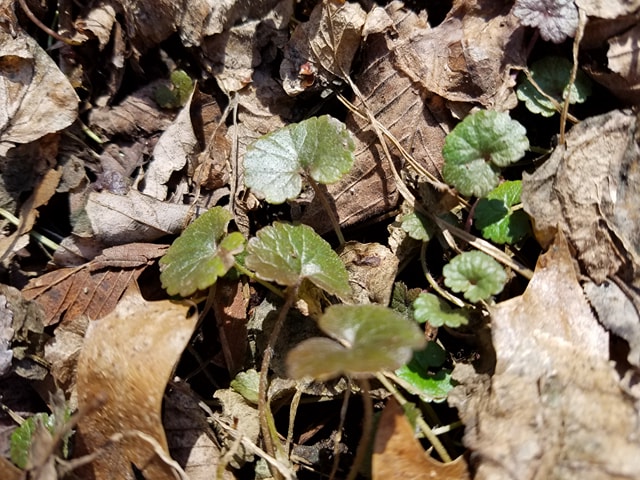
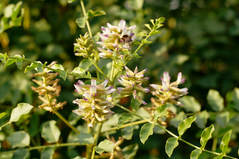
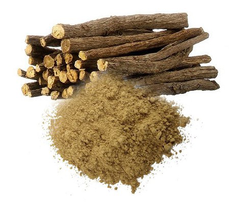
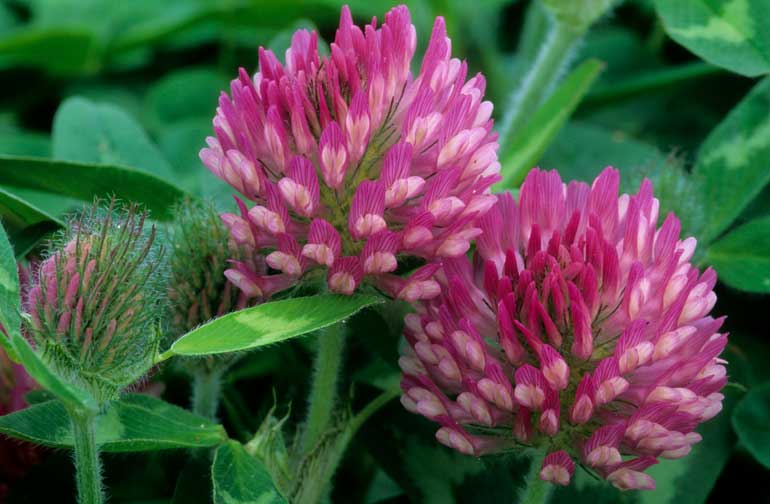
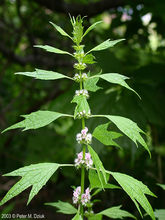
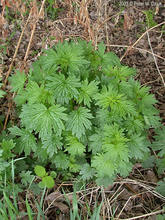
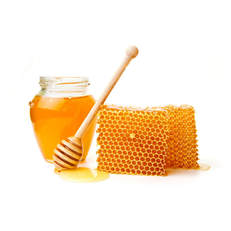
 RSS Feed
RSS Feed